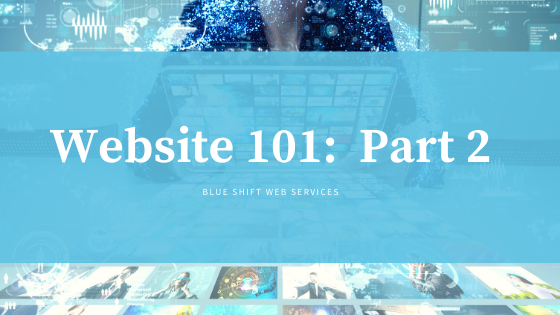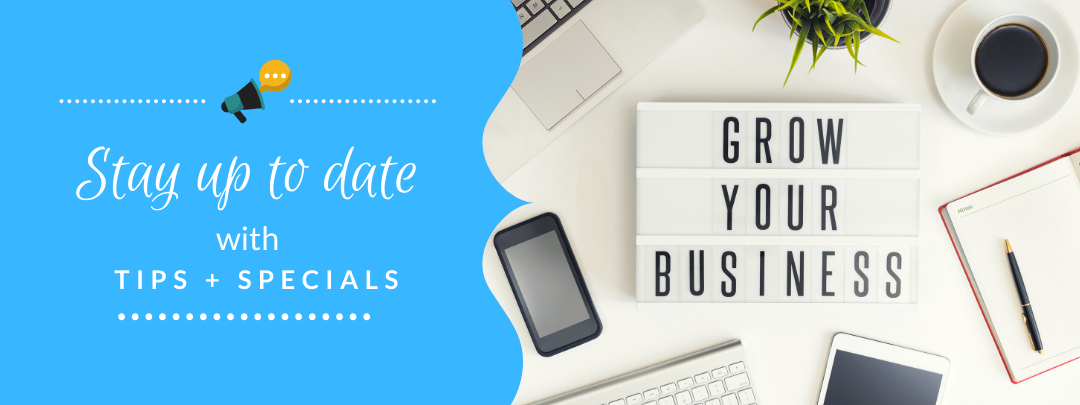
Part two of the website 101 blog post series is dedicated to your content and set up of your website. If you haven’t read the first installment, check it out now: Website 101: Part 1! The content on your website is a major part of how you are found on the internet and how potential clients interact with your business online.The first step to this is deciding what content is needed on your site. Do you need to provide instructions for your clients? Are there common questions asked that you can answer prior to the client calling you? What about descriptions of your products or services? Helping your clients understand what to expect before purchasing is a great way to solidify the purchase and move them through your sales funnel.
So first, ask yourself who your ideal client is. Why would they need your product or service? I will use ourselves, Blue Shift Web Services, as an example. Our ideal client is a person who owns their own business or makes the marketing decisions in their business team.They need our services to get their business out there online and have the best image of themselves put first. Once you’ve figured that out, the next step will be to determine the keywords that you want to target, both locally and generally. For us, that is Melbourne, FL web design and Brevard County SEO. You can see these phrases used multiple times around the website in key places like titles, headings, alt text, and links.
After determining what content you need on your site, it’s time to determine the pages that you have on your site. Each page should have a minimum word count of 500. This will enable you naturally use your keywords and phrases an adequate amount of times to give you the most optimal chance of ranking high on the google search result pages The average website has five pages: home, about, services/shop, contact, and blog.Your home page will have the most content as it serves as a preview to the rest of your pages. For example, if you have the normal five pages, your home page would generally have a slider or something equivalent to provide announcements or notifications about deals and specials, a small paragraph from the about page, a bit about your services/products/shop, a section for your contact information, and a section for your most recent or popular blogs pieces. Other pages you might need based on your company could be a FAQ, gallery, portfolio, testimonials, team member bios, partners, events, and so on.
Once you’ve got your pages all figured out, it’s time to sit down and properly write the content to go on your site. It’s important to know where the content will go in the layout before writing most of this content so that you’re not impeding the formatting and layout of your theme and web design. When writing your content, you’ll want to keep SEO (search engine optimization) in mind. Use your keywords and phrases in the headings that separate your various sections to let Google know what your website is primarily about. Make sure to link to similar or relevant pages on your website and on resource websites to increase your SEO rankings. For example, I’ve linked to the first blog post in this series, landing pages that are relevant to what I’m writing about, and services that I offer! This keeps users on your site and shows Google that you’re an authority on your topic.
Beyond that, you can also hire a copywriter to free up your time and possibly give it better quality and a sales voice that works. We are a full service digital agency that offers everything in regards to marketing from web design to copywriting. If you’re ready to put your best foot forward online, reach out today and get started.

